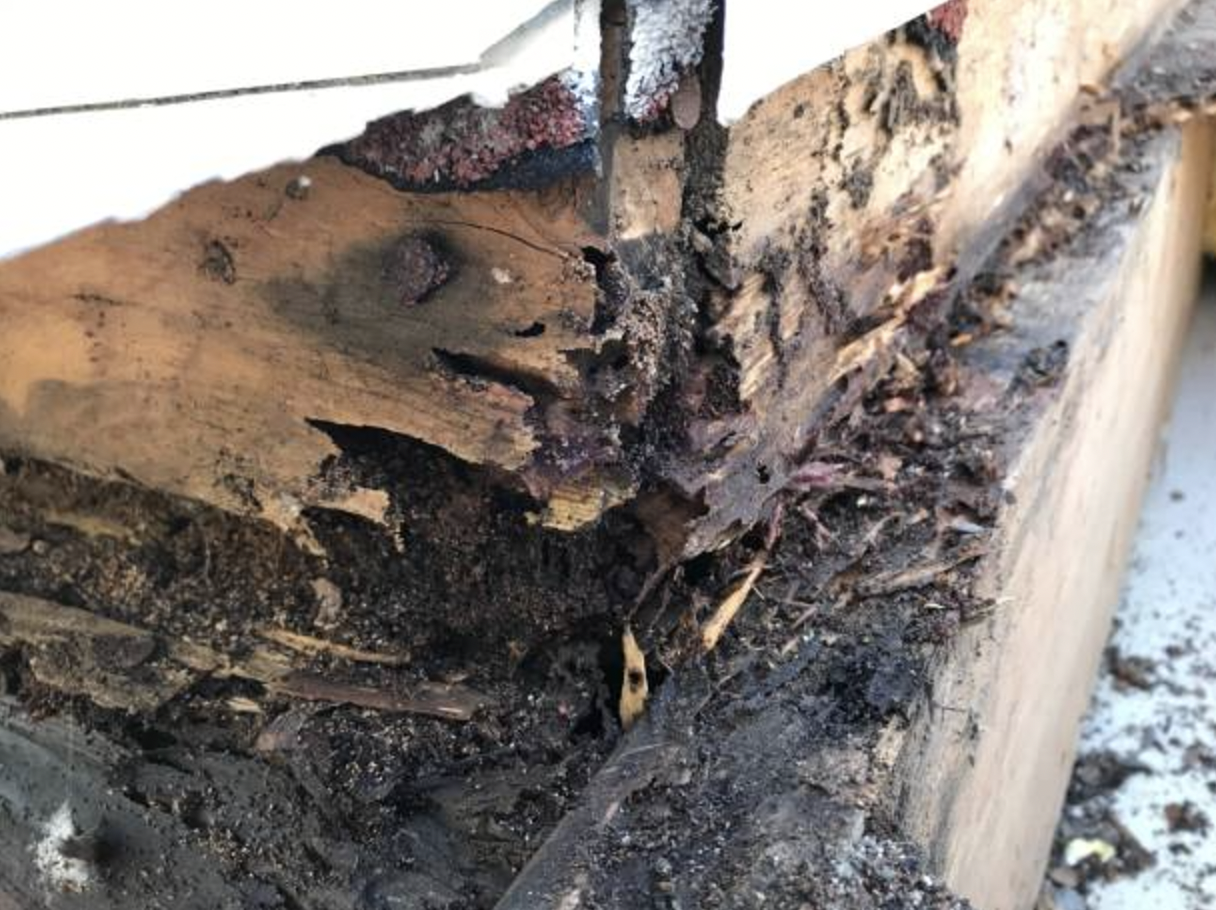Visual Timber Pest Inspection in Adelaide: What You Need to Know
What Does a Visual Timber Pest Inspection Cover?
A visual timber pest inspection involves a thorough, visual examination of accessible areas within a 30-meter radius of a home. Inspectors cannot move furniture, stored goods, or carpets, nor can they make structural modifications like removing panels or cutting holes in walls. Outdoors, they cannot move timber or dig around plants to uncover hidden pest issues. While a visual inspection has its limitations—like not being able to fully assess internal walls—it can still detect signs of pest activity using tools such as thermal imaging cameras, moisture meters, and tapping equipment.
Internal vs. External Termite Damage: Which is Worse?
Finding live termites in the yard is more common than discovering them inside the house. Although external termite activity may seem less serious, it still poses a risk, as disturbed colonies can relocate and invade the home. It's essential to address termite infestations wherever they are found. Determining the extent of the damage often requires invasive inspection methods, such as removing plaster, tiles, or skirting boards, due to termites’ attraction to dark, damp areas.
Termite Treatment Options
The most common treatment is applying a chemical solution that allows termites to carry it back to their nest, effectively eliminating the colony. This treatment is applied in soil and through drilled holes in concrete or tiles. Other options include bait stations placed around the perimeter of the property. Licensed termite specialists can recommend the best treatment and determine if multiple treatments are needed. Regular follow-up inspections are crucial to ensure complete eradication.
Managing Termite Damage Without Active Infestations
If a report indicates termite damage or mud trails without live termites, it’s important to understand the situation. This could mean the damage is old, from a previous infestation, or termites have moved to an inaccessible area. Evaluating the extent and location of the damage is key for repair cost estimation and property purchase decisions. Only licensed professionals should handle these investigations to identify concealed damage accurately.
Preventing Future Infestations
To prevent future issues, take the following steps:
Address conducive conditions noted in the inspection report, such as excessive moisture and timber in contact with soil.
Repair existing termite damage, as older damage can attract new infestations.
Maintain an updated termite management plan, including treatments and regular inspections.
Regular visual timber pest inspections in Adelaide can help you stay ahead of potential problems, safeguarding your property from costly damage.
Continue Reading


